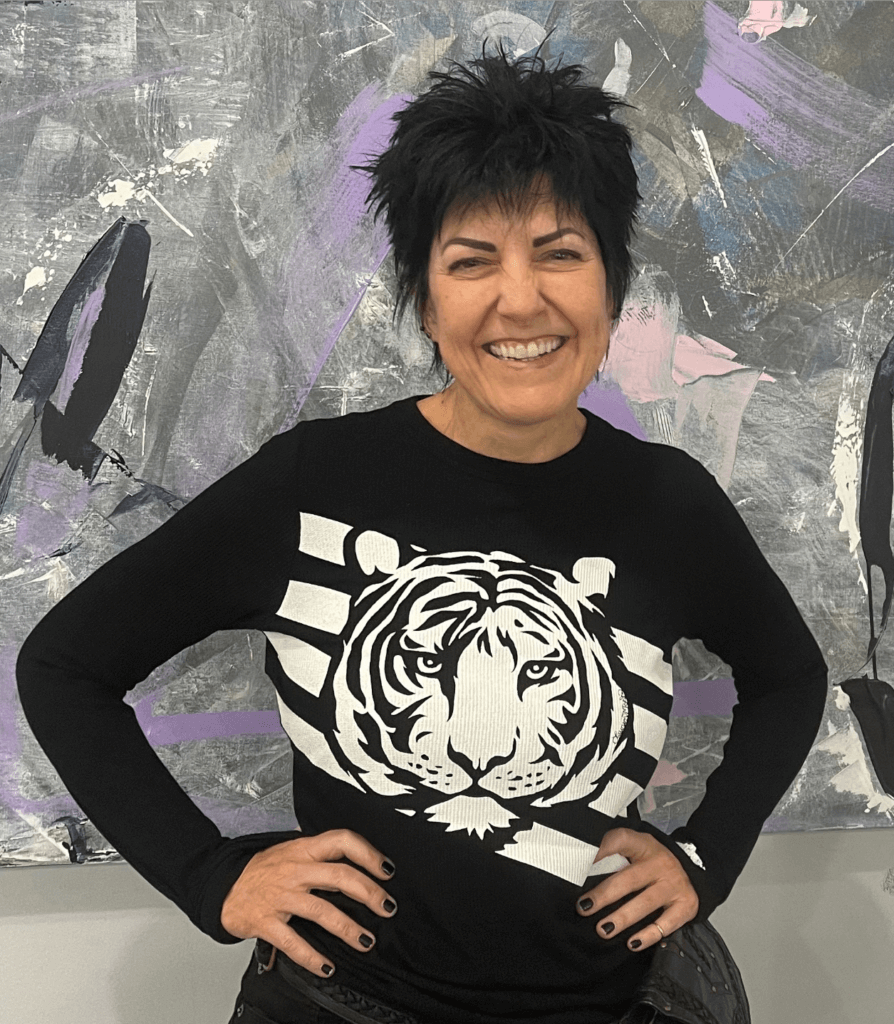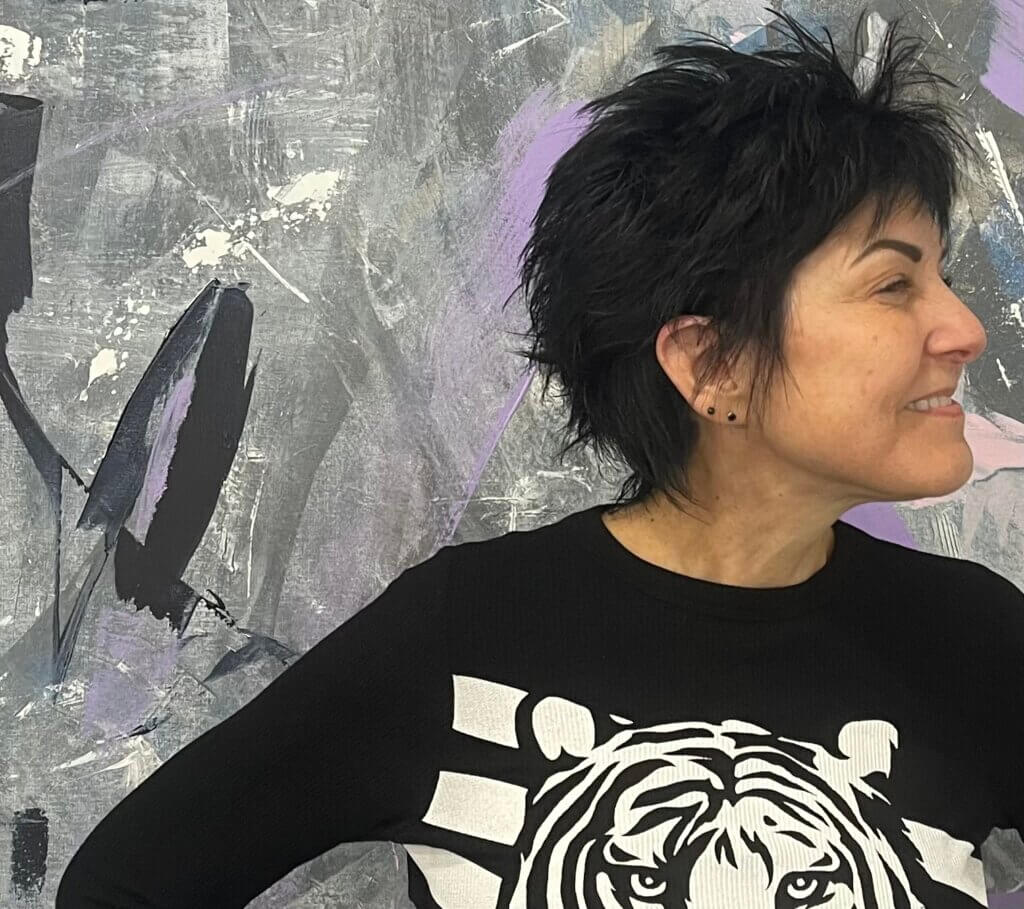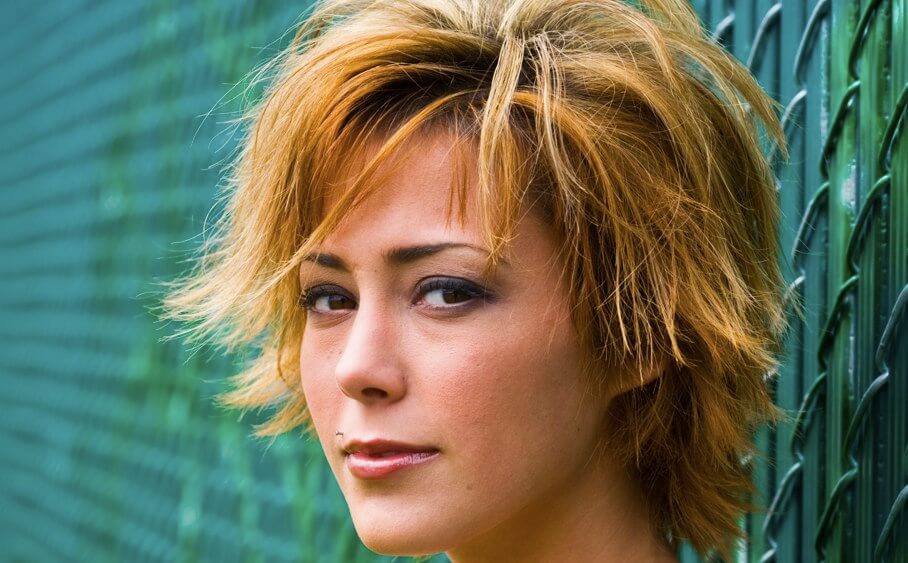Short disconnect hair cut
A short disconnected haircut typically involves having shorter lengths on the sides and back, creating a noticeable contrast with longer hair on top. This style often features a distinct separation between the shorter and longer sections, creating a bold and edgy look. The disconnected haircut allows for versatility in styling and can be customized based on personal preferences and face shape. It’s a popular choice for those seeking a modern and fashion-forward hairstyle.

Achieving a short disconnected haircut involves a combination of precise cutting techniques and styling. Here’s a general guide on how to achieve this look:
Step-by-Step Guide:
- Consultation:
- Before starting, have a consultation with your hairstylist to discuss the desired length, style, and overall look.
- Sectioning:
- Divide the hair into sections. The disconnected cut often involves shorter sides and back, so these sections will be separate from the longer top section.
- Clipper Work (Sides and Back):
- Use clippers to achieve the desired short length on the sides and back. The length can vary based on personal preference, but a common choice is a short fade or undercut.
- Scissor Work (Top):
- Use scissors to cut the hair on top to the desired length. The contrast between the shorter sides and longer top is a key feature of the disconnected cut.
- Blend the Transition:
- Blend the transition between the shorter and longer sections to create a seamless and natural look. This is crucial for achieving a well-balanced disconnected style.
- Texture and Layers:
- Add texture and layers to the top section for movement and dimension. This can be done with point cutting or texturizing techniques.
- Styling:
- Apply styling products, such as pomade, wax, or styling cream, to the hair to achieve the desired shape and hold. Experiment with styling to find a look that suits your taste.
- Maintenance:
- Keep in mind that disconnected cuts may require regular maintenance to maintain the sharp contrast between the short sides and longer top. Plan for regular trims to keep the style looking fresh.
Tips:
- Bring reference pictures to show your hairstylist for a clear understanding of the look you want.
- Choose a skilled hairstylist experienced in disconnected cuts for the best results.
- Consider your face shape and hair texture when deciding on the length and style.
Remember that hairstyling is a personal choice, and the final result will depend on your preferences and the expertise of your hairs


